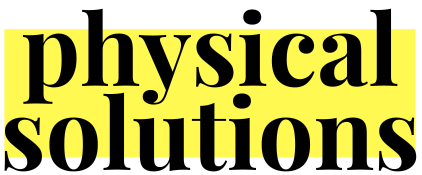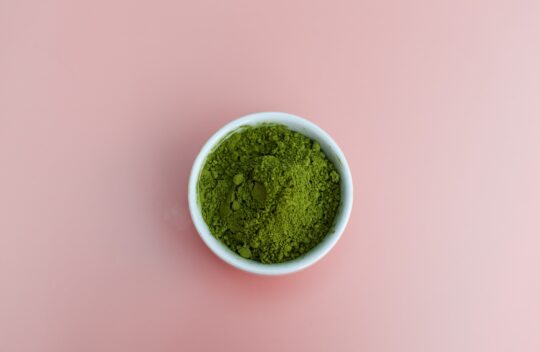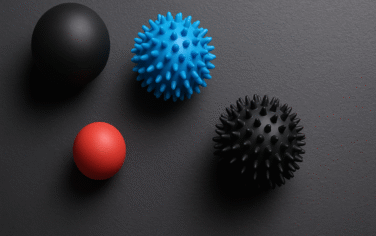Many adults probably know the symptoms of myofascial restriction without knowing it by name, or that this is one of the primary reasons for seeking a deep tissue massage. It can present itself as a dull, persistent ache in your knee, lowered range of motion in your shoulder, or muscles that tighten up while you are sleeping. These symptoms could be age-related as these aches and pains do get worse with age, however, they could be what is known as a myofascial restriction. Fascia is a web-like connective tissue that surrounds and holds the shape of all of the soft tissues in your body, including your muscles.
What is a myofascial restriction?
To understand fascia and how it works, think of an orange. Under the orange peel is the pith, the white fibre netting. Beyond the pith is the membrane that gives orange slices their shape, and even deeper is a thinner membrane that forms the tiny individual pulp. All of this internal material — the netting and the membranes — is much like the fascia in the human body.
When fascia is healthy, it is very flexible. It provides lubrication and allows muscles to glide against each other. When the fascia tightens or becomes restricted in its range of motion, then the muscles become restricted as well. You experience difficulty moving and your posture becomes compromised. Lack of use due to injury or limited range of motion can contribute to fascia tightening and muscle shortening. When fascia becomes restricted, it will interfere with the function of underlying muscle and nerves — in effect, by squashing them.
What causes myofascial restriction?
In addition to age, bad posture can also lead to fascia restrictions. If you sit at a computer all day, the tissues at the front of the shoulders and hips will tighten, because the body builds structure to keep your body in that position. Eventually, you’ll stoop forward. As shortened muscles and fascia grow stiffer, they will eventually cause a series of other problems as your body tries to compensate for its loss of mobility. Headaches, muscle tightness and other mysterious aches and pains can all trace their roots to myofascial restriction.
In your muscles, myofascial restrictions feel like knots within ropey bands of dense material. This knotty, shortened tissue, deep in the muscle fibre, is also home to devilish, tiny adhesions known as trigger points, so named because they “trigger” pain reactions (such as burning, numbness, cramping). They often reach or refer beyond the immediate site.
A great example of myofascial restriction can be seen in migraine. There is four muscle found at the back of the head that connects to the top of the spine. Some physicians will diagnose a migraine as an example of myofascial restriction.
How can a deep tissue massage assist in this restriction?
Deep Tissue Massage is a form of bodywork that aims to relieve tension in the deeper layers of tissue. It is an aggressive technique that releases chronic patterns of tension in the body through slow strokes and deep finger pressure on contracted areas, either following or going across the grains of muscles, tendons and fascia. It is also a highly effective method for releasing chronic stress areas due to misalignment, repetitive motions, and past lingering injuries. The term “deep tissue” is often misused to identify a massage that is performed with sustained deep pressure.
Deep tissue massage is a separate category of massage therapy, used to treat particular muscular-skeletal disorders and complaints and employs a dedicated set of techniques and strokes to achieve a measure of relief. It should not be confused with “deep pressure” massage, which is one that is performed with sustained strong, occasionally intense pressure throughout an entire full-body session, and that is not performed to address a specific complaint. The sessions are often quite intense as a result of the deliberate, focused work.
What to expect from your deep tissue massage
It’s not uncommon for people who are not familiar with massage to mistakenly believe that a deep tissue massage will be painful. This isn’t always true! Most will refer to it as a pain that “feels good”. If at any time during your massage session, the sensation is uncomfortable or painful, be sure to communicate this with your therapist. It’s not necessary to endure a painful session!
It’s true that this type of massage therapy may cause some discomfort as the massage therapist releases trigger points deep in your body’s connective tissues, but only to a level that is acceptable to you. The therapist can employ different techniques or modalities on different areas of your body, saving the deepest treatment for only the most troublesome areas.
It’s important to drink a lot of water after a deep tissue massage to help flush lactic acid out of the tissues. If you don’t, this could result in additional post-massage soreness. It’s possible that you might feel some soreness the day after a deep tissue massage even if you DO drink water. It should pass within a day or so.
Deep tissue massage is just one part of caring for your body
All too often, a person will go for a deep tissue massage thinking that it will solve all of the odd aches and pains that they have endured for years. While one massage can help a person feel better, it’s only a quick fix. In fact, undoing chronic knots and tension built up over an entire lifetime is best achieved with regular therapeutic massage sessions. This doesn’t mean you need weekly massages for life. Sometimes that nasty shoulder problem can be remedied with just a few sessions, however, monthly maintenance massages are encouraged to remain pain-free and mobile.
Nothing can feel better than a deep tissue massage that has been perfectly executed by a trained professional who has a deep understanding of your aches and pains and how they have occurred. Be sure to check out our other sports and fitness topics to get ideas on how you can better look after your body!







